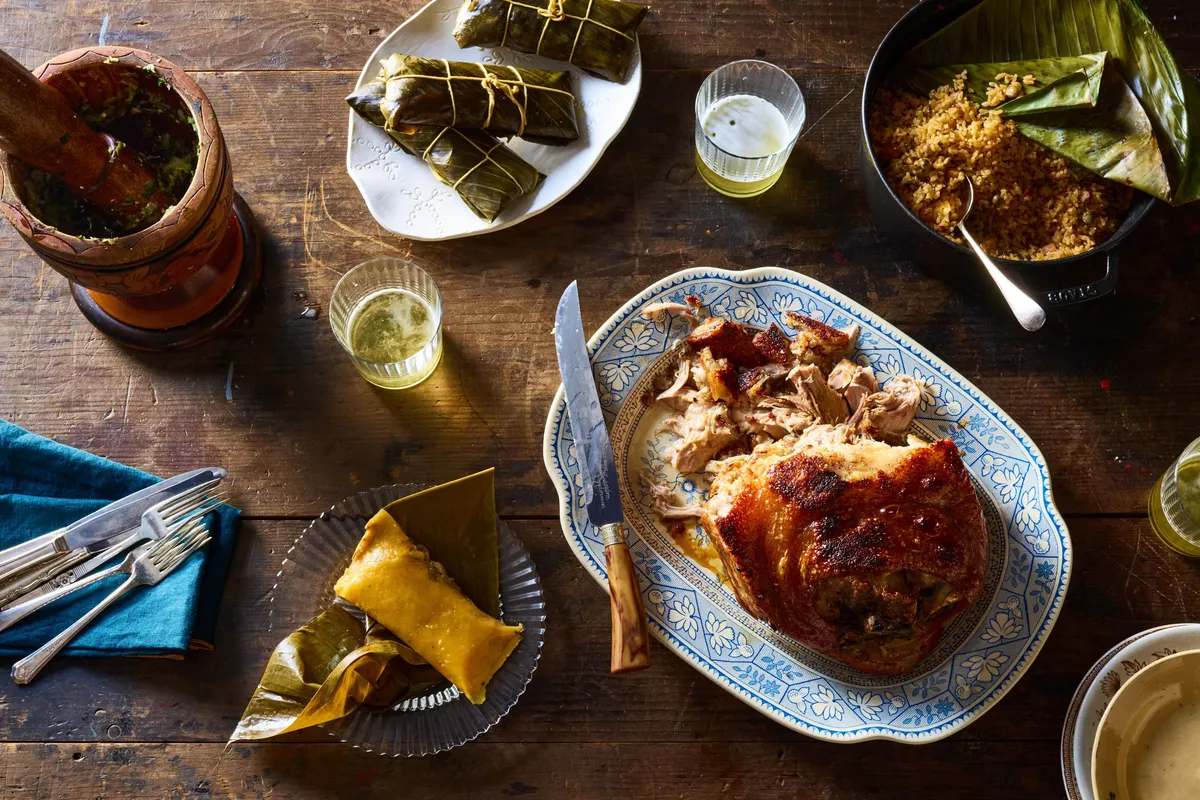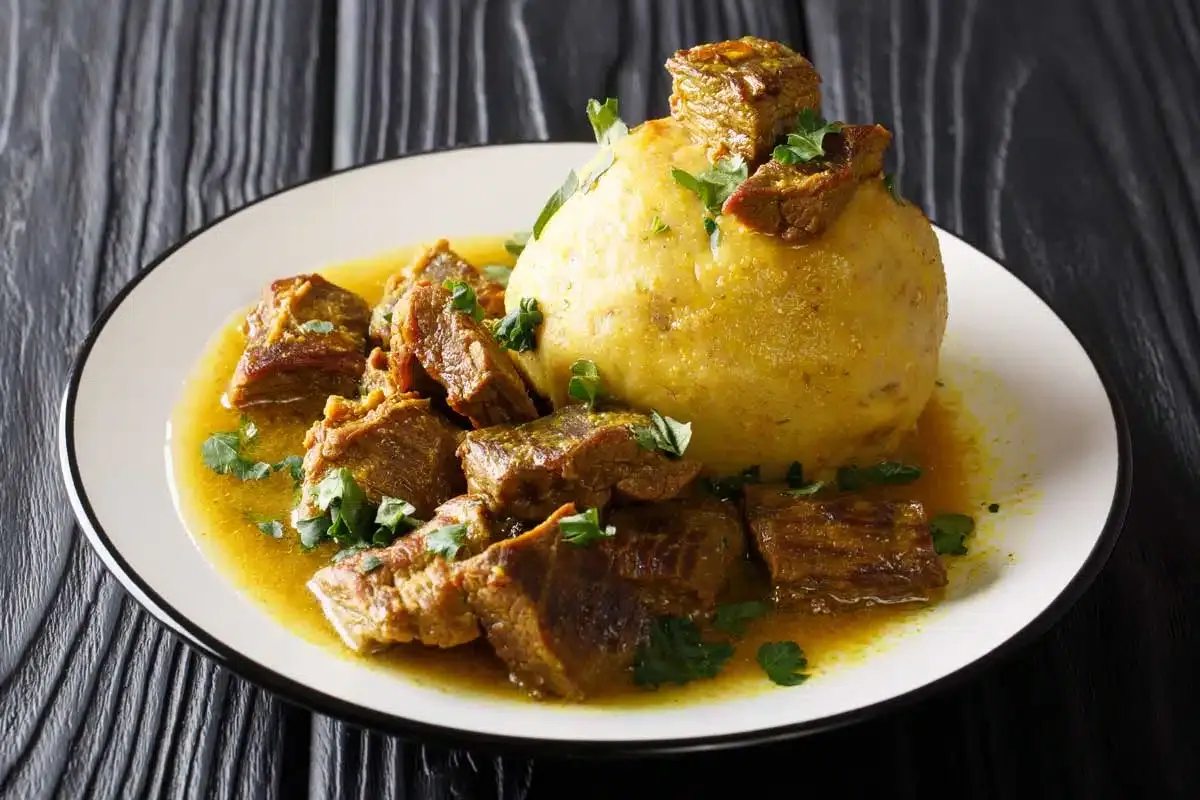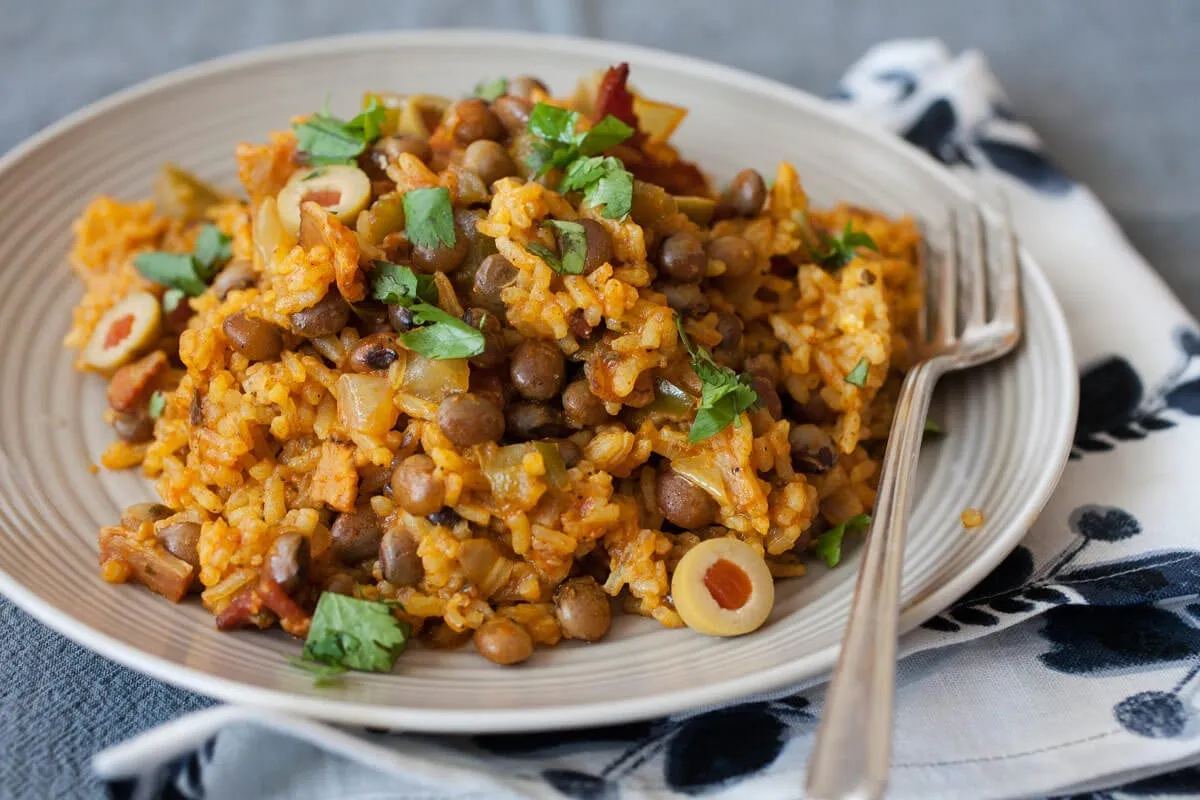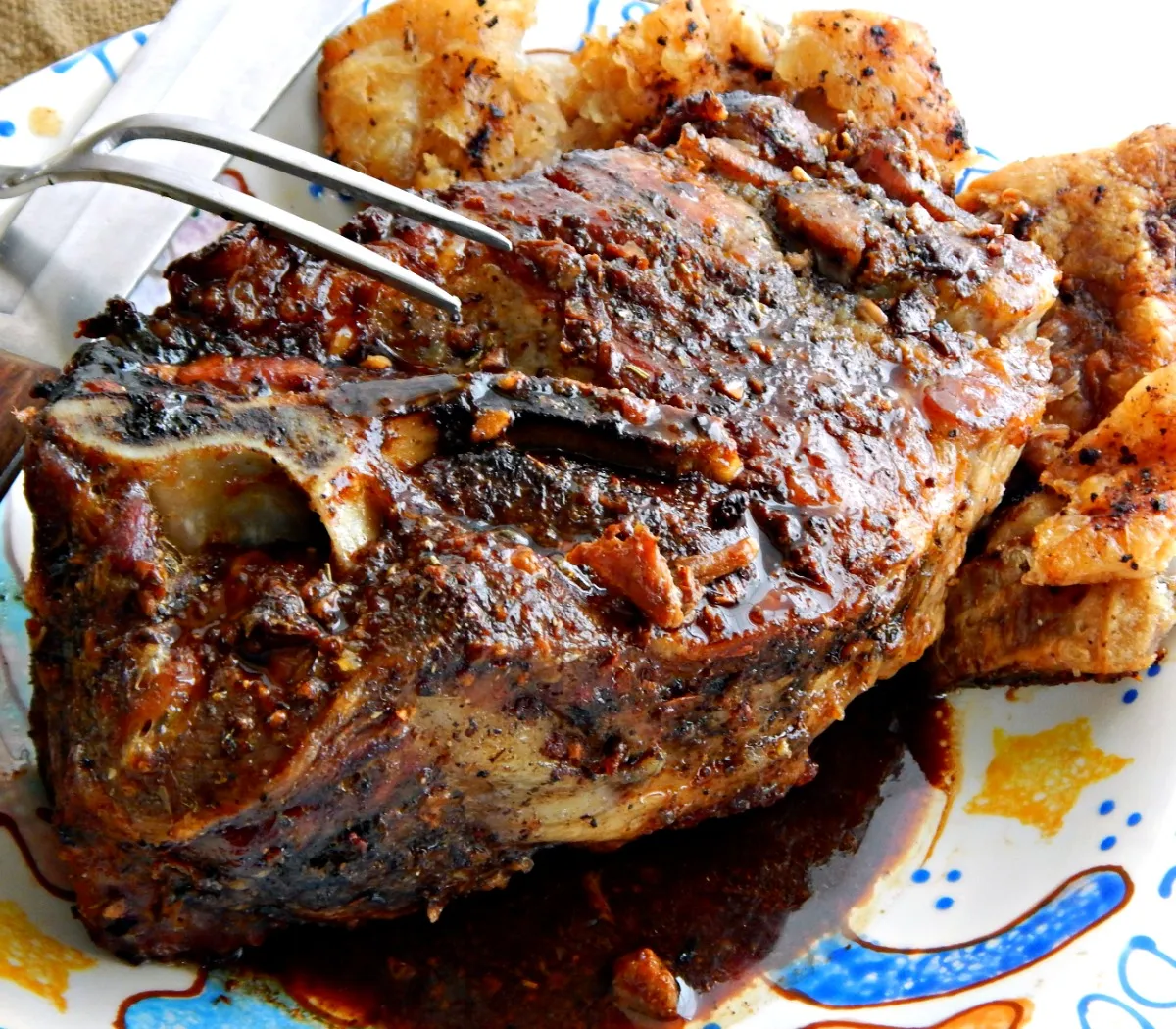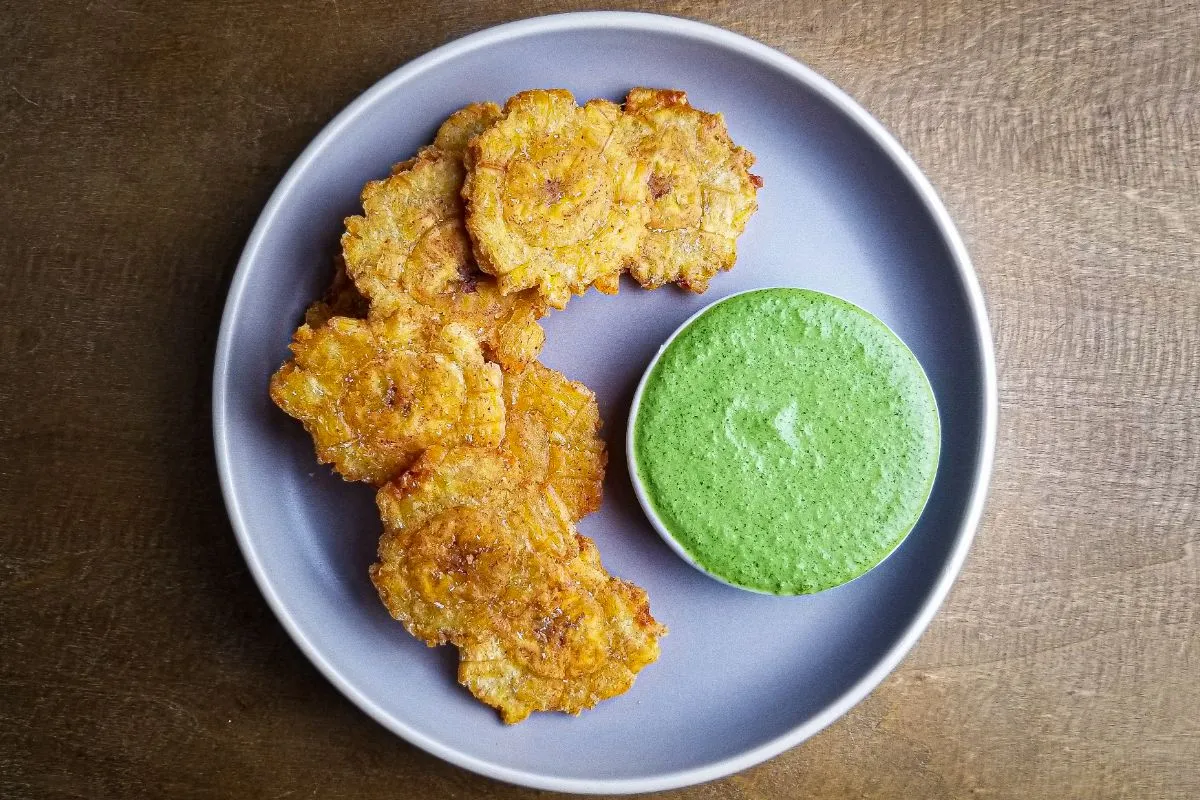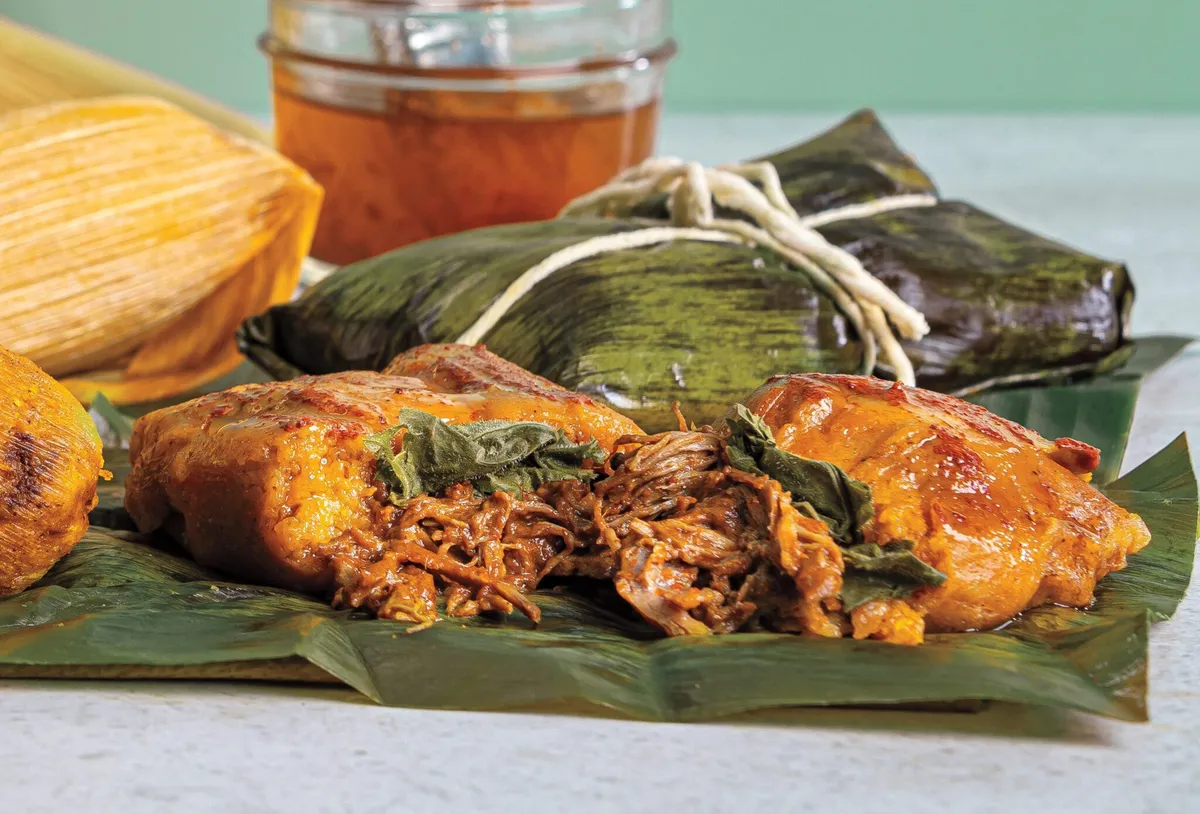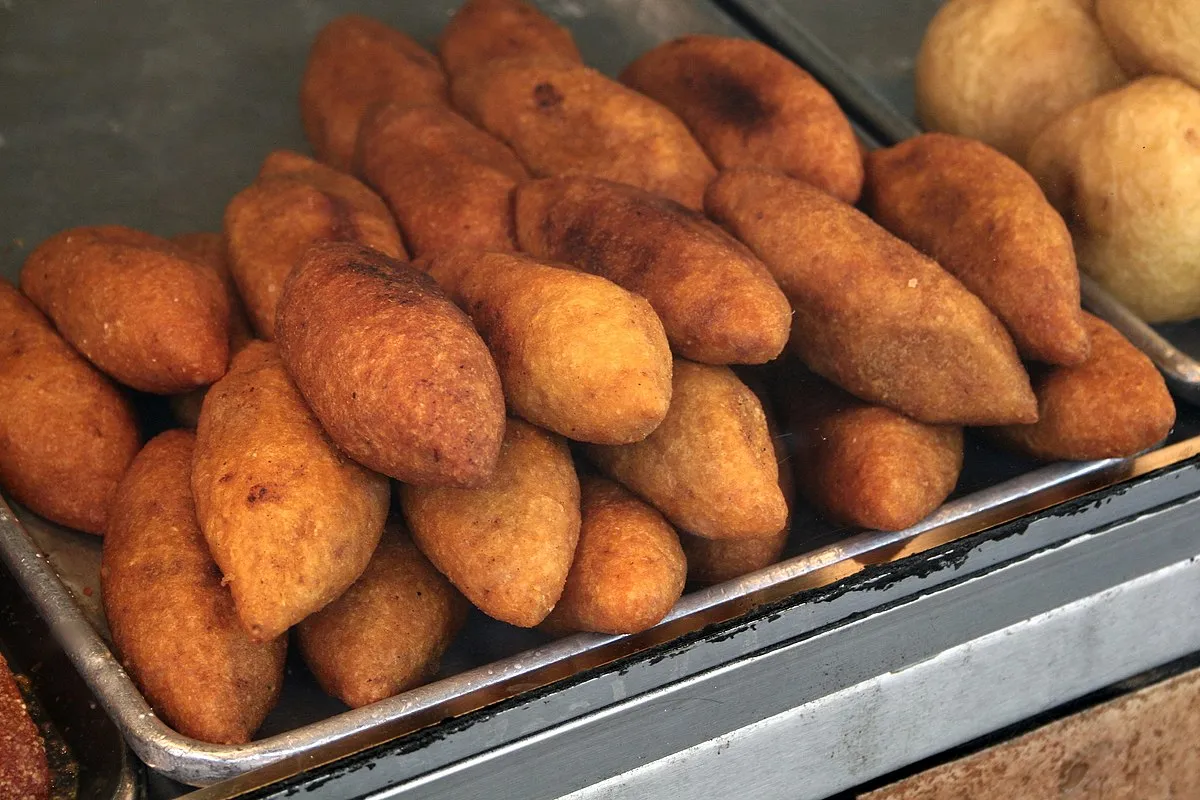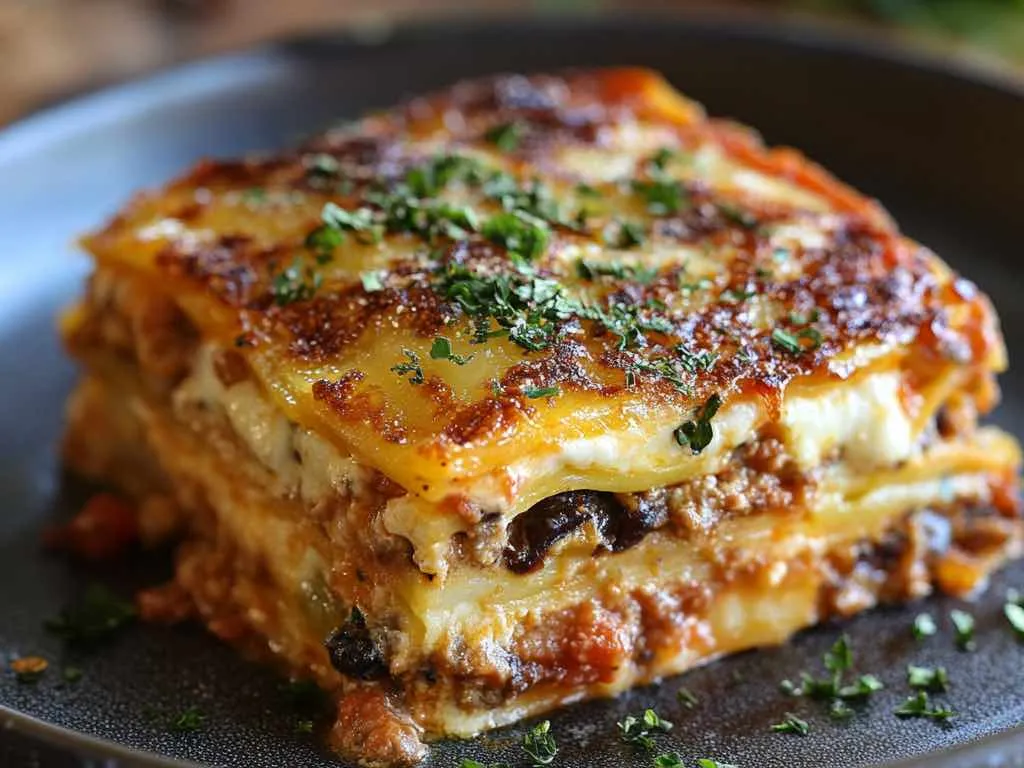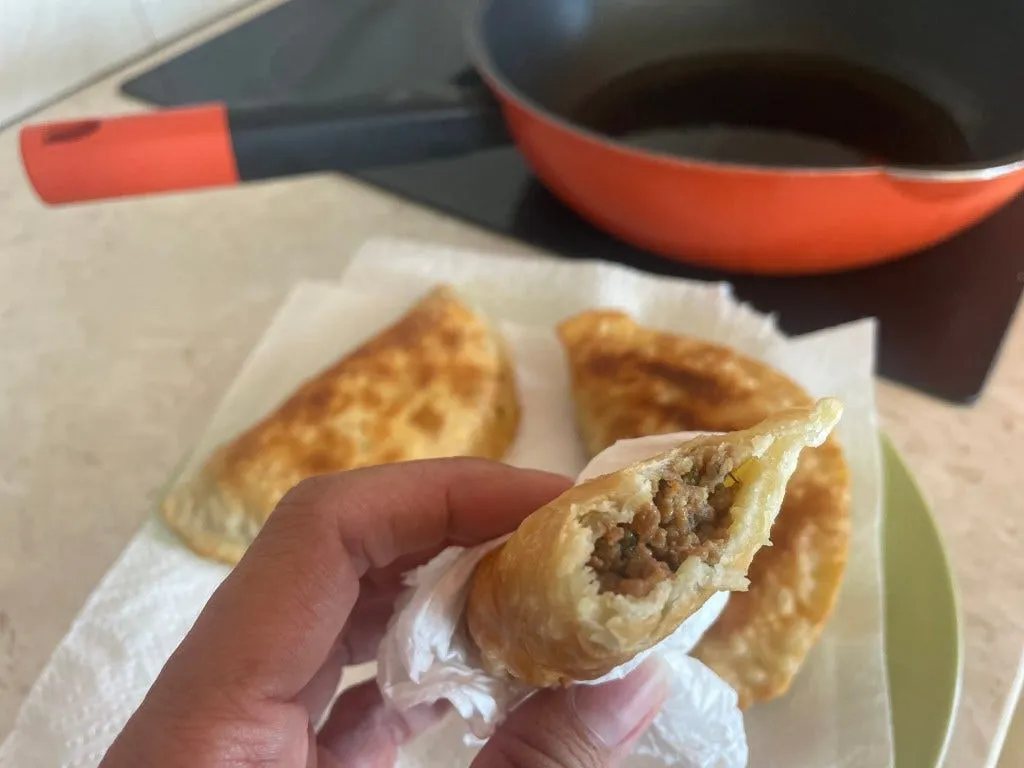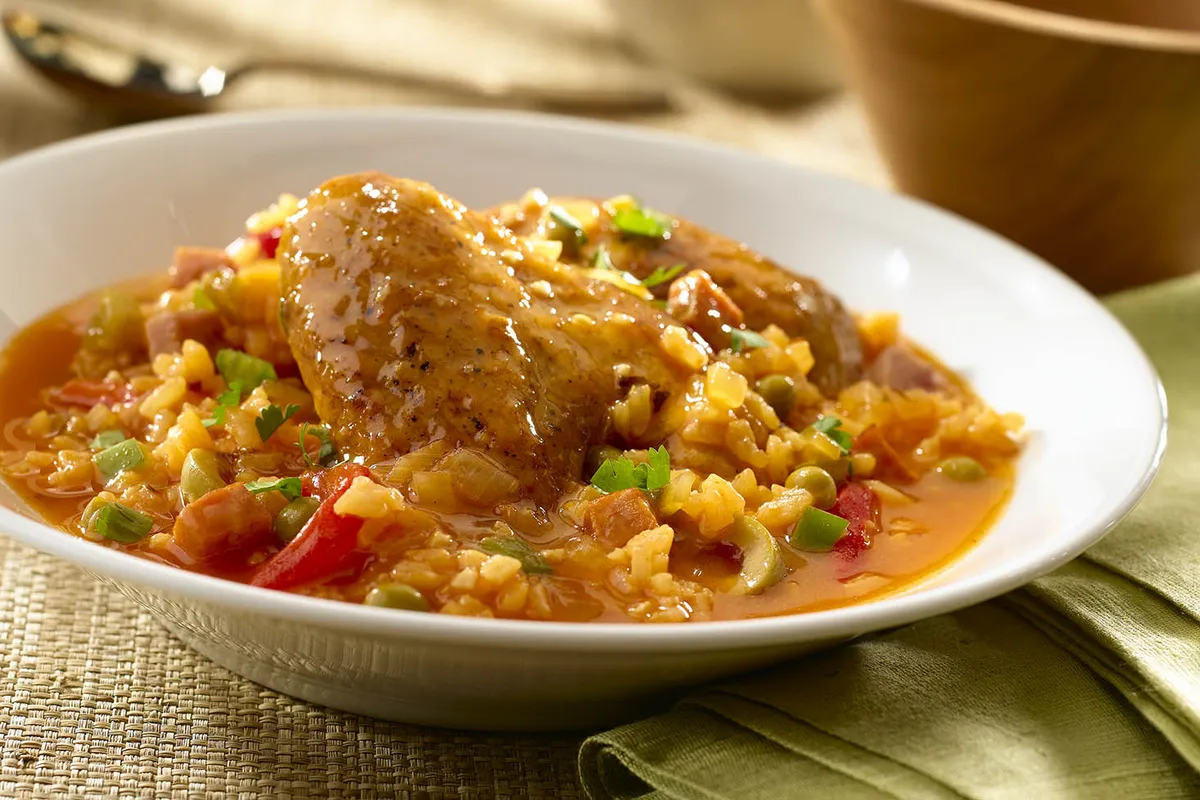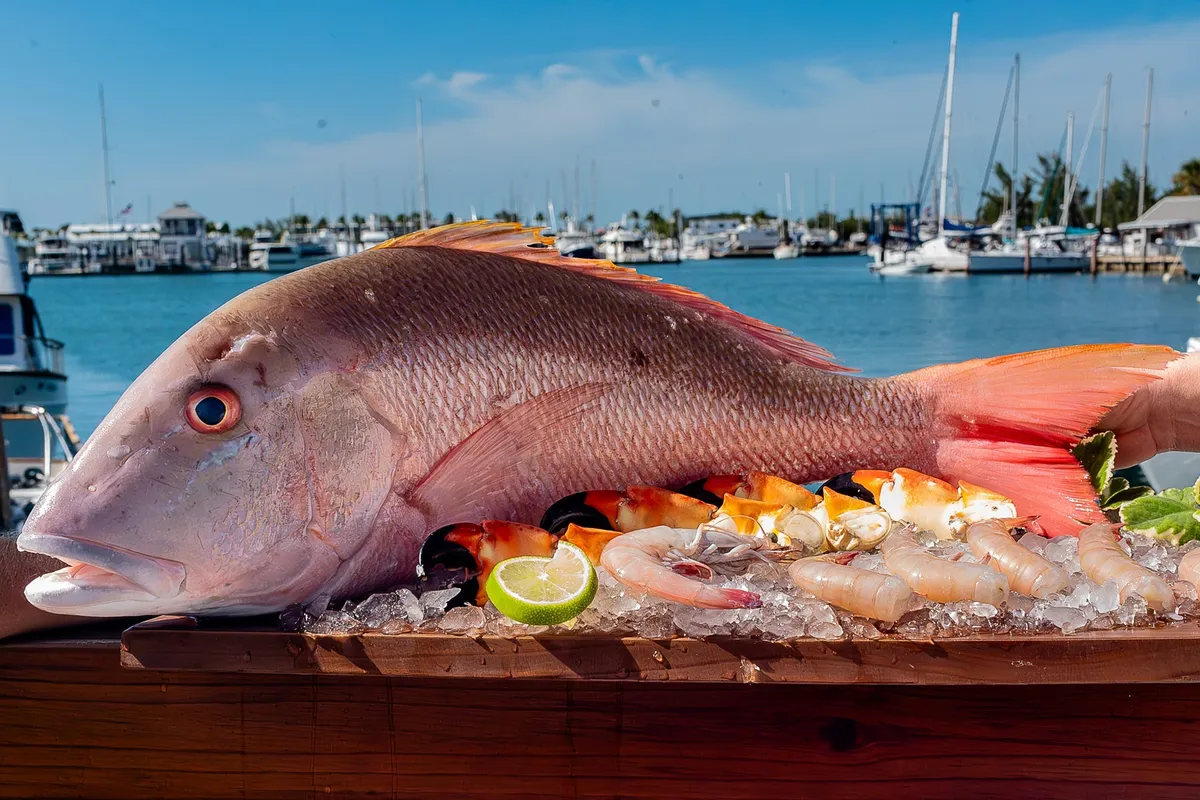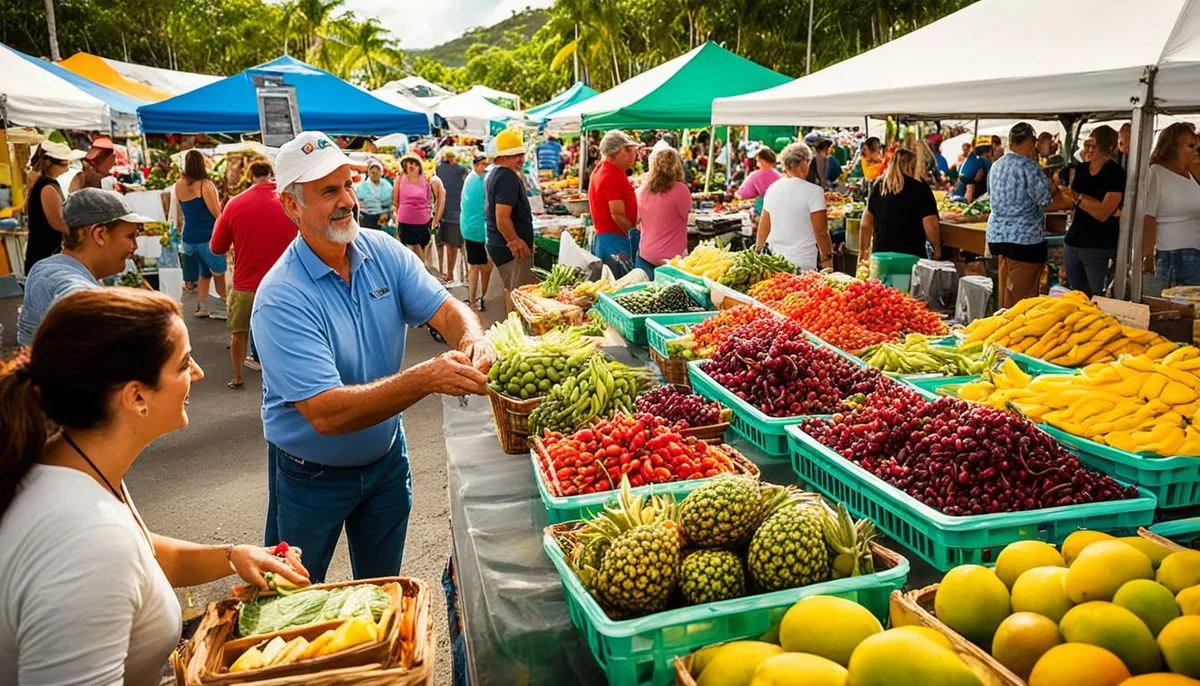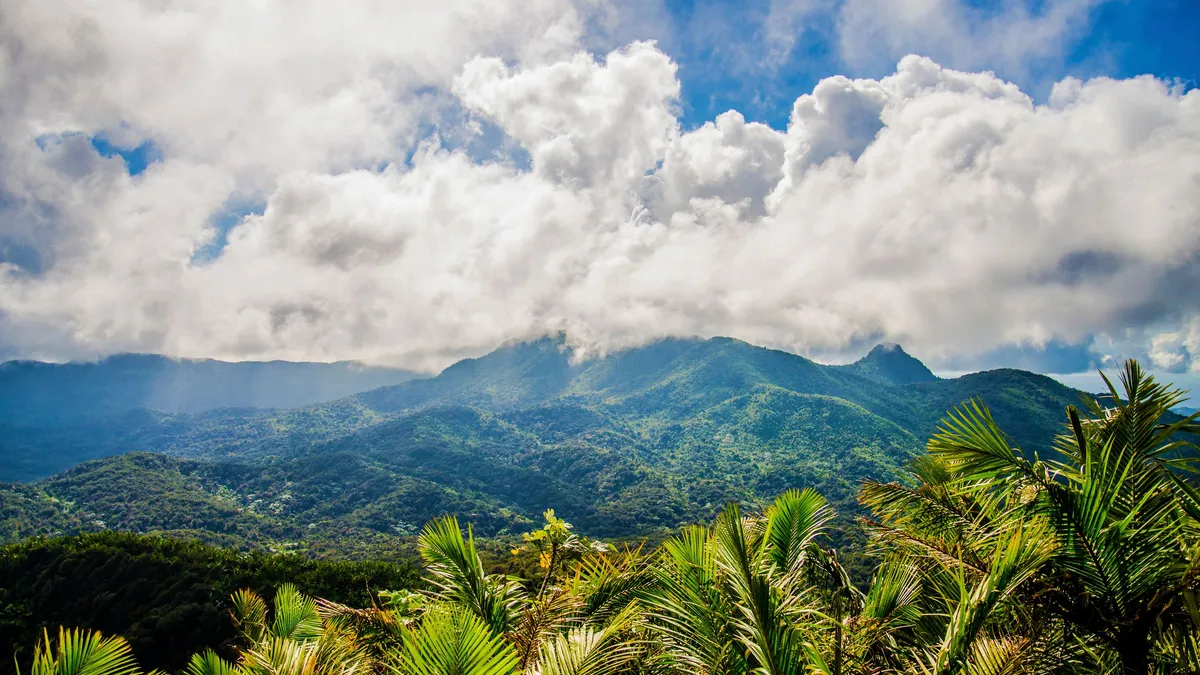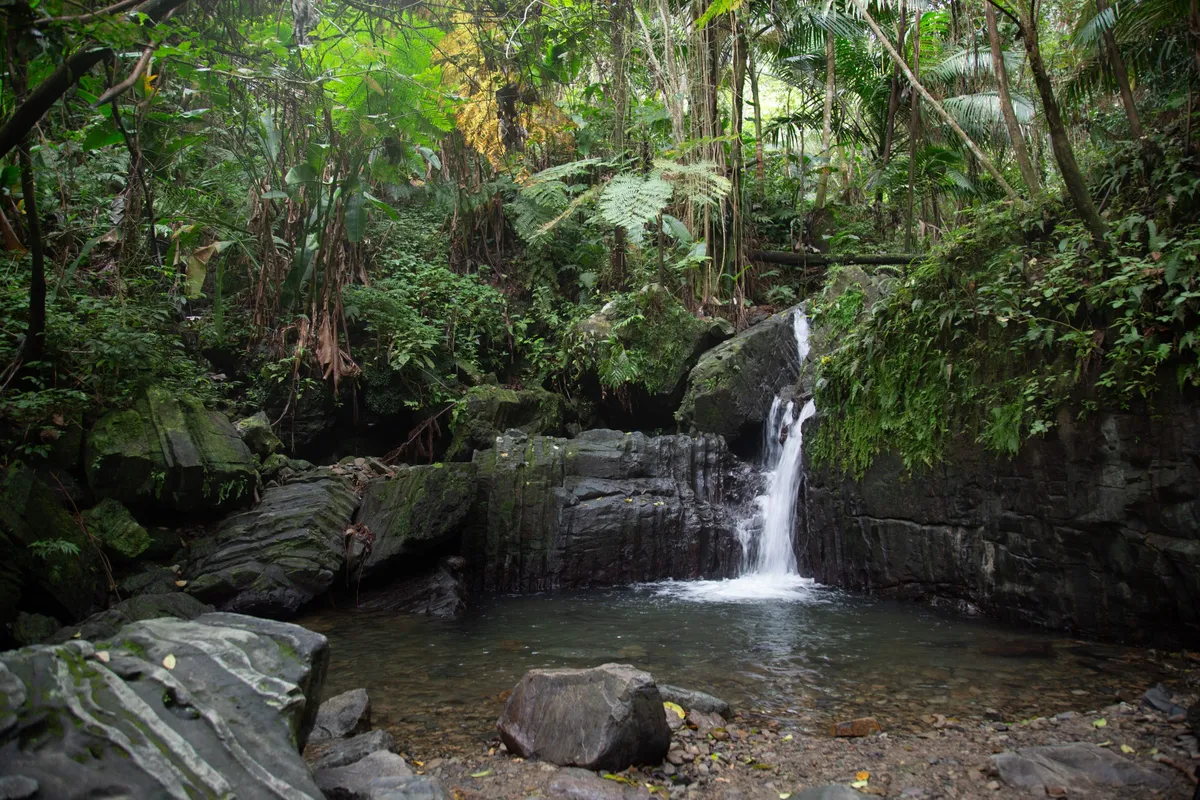If you’re planning a trip to the island and not building your itinerary around its culinary scene, you’re missing the entire point. The vibrant Puerto Rico food culture isn’t just about filling your stomach—it’s the beating heart of Boricua identity, where every dish tells a story of indigenous Taíno roots, Spanish colonial influence, and West African legacy blending into something entirely unique called Cocina Criolla. From the moment you bite into a crispy alcapurria at a beachside kiosk in Piñones to the second you’re handed a heaping plate of lechón asado in the mountains of Guavate, you’ll understand that this island takes its food seriously, and so should you.
This isn’t your typical tourist dining guide. It’s a roadmap to eating like a local, discovering hole-in-the-wall gems, and understanding why Puerto Ricans believe that food is the ultimate expression of love.
Understanding Puerto Rican Cuisine: The Foundation of Cocina Criolla
Before you start eating your way across the island, let’s talk about what makes Puerto Rico food so distinctive. Cocina Criolla is the result of centuries of cultural fusion, and understanding its foundations will make every bite more meaningful.
The cuisine rests on three major influences. The indigenous Taíno people introduced foundational ingredients like yuca (cassava), corn, and tropical fruits, along with the barbecue technique. Spanish colonizers brought pork, rice, olive oil, garlic, and essential spices that became central to the island’s flavor profile. The third—and arguably most transformative—influence came from enslaved West Africans, who introduced plantains, pigeon peas (gandules), yams, and the deep-frying techniques that define so much of the island’s beloved street food. This blend of influences is what makes Puerto Rican cuisine so unique.
The Flavor Foundation: Sofrito and Adobo
Two elements form the backbone of almost every traditional Puerto Rican food dish you’ll encounter. Sofrito is the aromatic base—a fragrant purée of yellow onions, garlic, cubanelle and ají dulce peppers, cilantro, and culantro (recao) that’s sautéed in oil to create the distinctive savory character in stews, beans, and rice. Once you smell sofrito cooking, you’ll recognize it everywhere.
Adobo is the island’s essential seasoning blend, available as both a dry rub (adobo seco) and wet marinade (adobo mojado). It combines garlic, black pepper, Caribbean oregano, and salt, with the wet version adding citrus juice, vinegar, and olive oil to tenderize and flavor meats before roasting or grilling.
The Versatile Star: Plantains
You can’t talk about Puerto Rico food without appreciating the plantain. This banana cousin appears at every stage of ripeness. When green and starchy, it’s fried, smashed, and fried again to create crispy tostones, or mashed into the island’s signature mofongo. As it ripens, its starches convert to sugar, transforming into sweet, caramelized amarillos (maduros) that provide the perfect counterpoint to savory dishes.
10 Iconic Puerto Rican Dishes You Must Try
Here are ten authentic Puerto Rican dishes that should be on every traveler’s list.
1. Mofongo: The Mashed Plantain Masterpiece
Hailed as Puerto Rico’s unofficial national dish, mofongo is a hearty mound of fried green plantains mashed in a wooden mortar and pestle (pilón) with garlic, olive oil, and crunchy pork cracklings (chicharrón). It’s served as a side or main course, often formed into a bowl and stuffed with stewed chicken, skirt steak, shrimp, or octopus, with a savory broth on the side.
The dish traces directly back to West Africa, evolving from fufu—a mash of boiled starchy vegetables. Enslaved Africans adapted this technique using the abundant green plantains available on the island. The name stems from the Angolan Kikongo term mfwenge-mfwenge, meaning “a great amount of anything at all.” The contemporary method of frying the plantains before mashing gives it that distinctively Puerto Rican character.
Where to try it: In San Juan, head to El Jibarito for an authentic preparation, Café Manolín for a classic diner atmosphere, or Bebo’s Cafe for consistently delicious local fare. One traveler reviewing El Jibarito shared, “I had the pleasure of dining at El Jibarito during my recent trip to San Juan, and it was an unforgettable experience. The mofongo was the best I’ve ever had—perfectly seasoned and garlicky. The warm hospitality of the staff made me feel right at home.”
2. Arroz con Gandules: The Celebratory National Dish
Widely regarded as the official national dish, arroz con gandules is a one-pot rice dish made with pigeon peas, seasoned with rich sofrito, and often studded with pork, ham, or chorizo. Its vibrant yellow-orange color comes from annatto oil (aceite de achiote).
This dish perfectly represents Puerto Rico’s multicultural history. Rice arrived with Spanish colonizers in the 16th century, while gandules came from Africa with enslaved people. Its strong association with Christmas Eve (Nochebuena) is tied to the agricultural cycle, as fresh pigeon peas were traditionally harvested during the festive season.
Pro tip: While delicious, one Reddit user notes that arroz con gandules is commonly available outside Puerto Rico, advising, “I don’t recommend going out of your way to order it at the expense of trying those other dishes” if you’re on a limited culinary tour.
3. Lechón Asado and Pernil: The Art of Slow-Roasted Pork
Pork is central to celebratory Puerto Rico food. Lechón asado is the pinnacle—a whole pig marinated in adobo, skewered, and slow-roasted over coals for hours until the meat is succulent and the skin achieves a glass-like crispiness. This prized crackling, known as cuerito, is a delicacy itself. Pernil, a more accessible version, is roasted pork shoulder seasoned with the same garlic-and-herb adobo and cooked until fall-apart tender.
Experiencing lechón asado is a cultural event, the centerpiece of Christmas feasts and weekend gatherings, most famously served at lechoneras lining the Ruta del Lechón (Pork Highway) in Guavate. One visitor describing their family trip shared, “When I went 2 years ago the family took me to El Rancho Original. It’s a bit off the beaten path and knowledge of some Spanish is highly recommended… and if you like pork, you’ll be in heaven.”
4. Tostones and Amarillos: The Two Faces of the Plantain
These two dishes showcase the plantain’s versatility. Tostones are made from unripe green plantains sliced into thick wheels, fried once to soften, smashed flat, then fried again until golden and crispy. They’re perfect for scooping up sauces or dipping into mojo de ajo (garlic sauce) or the island’s popular mayo-ketchup mixture.
Amarillos (maduros) are their sweet counterpart—ripe plantains sliced and fried until the natural sugars caramelize, creating a soft, sweet, slightly blackened exterior. They’re served alongside savory dishes, providing a sweet balance to salty meats like pernil or carne frita (fried pork chunks).
5. Pasteles: A Taste of the Holidays Wrapped in Banana Leaf
A true labor of love, pasteles are treasured holiday specialties resembling tamales. The dough (masa) isn’t corn-based but made from grated green bananas, green plantains, yautía (a starchy tuber), and sometimes squash. This masa is filled with savory stewed pork (guiso), carefully wrapped in a softened plantain leaf, tied with string, and boiled.
This dish has deep indigenous roots and is a quintessential Christmas food, with families gathering for pastelladas (pastel-making parties) to prepare large batches. While primarily a holiday dish, pasteles can be found year-round at some lechoneras in Guavate and specialty food shops.
6. Alcapurrias and Bacalaítos: The Kings of Fritura
These are two of the most iconic frituras (fritters) you’ll find at roadside stalls across the island. Alcapurrias are torpedo-shaped fritters with a dough made from grated green bananas and yautía, stuffed with seasoned ground beef (picadillo) or crab meat, and deep-fried to a crispy dark brown. Bacalaítos are massive, paper-thin, wonderfully crispy fritters made from a flour batter studded with shredded salt cod and herbs.
Frituras are the ultimate beach and street food, meant to be eaten hot from the fryer at humble roadside kiosks (chinchorros) with a cold beer in hand. One guide emphatically states, “There’s simply no leaving the island without trying one of the most popular Puerto Rican snacks… the best place to grab one is at a chinchorro, a humble roadside kiosk where they’re hot and freshly fried.”
7. Pastelón: The Puerto Rican “Lasagna”
Often described as Puerto Rican lasagna, pastelón is a rich, comforting casserole that beautifully balances sweet and savory flavors. Instead of pasta, it uses layers of thinly sliced, fried sweet plantains (amarillos) to envelop layers of savory picadillo (seasoned ground beef) and melted cheese. The magic lies in this unique combination, creating what one recipe describes as “a little bit of salty, sweet, and savory all in one bite.”
8. Empanadillas (Pastelillos): The Perfect Handheld Snack
These are Puerto Rico’s answer to empanadas—crispy, crescent-shaped turnovers with a flaky pastry crust. They’re deep-fried and filled with various ingredients, most commonly picadillo, chicken, or cheese, but also more decadent options like crab, lobster, or octopus. The terms empanadilla and pastelillo are often used interchangeably, though some argue pastelillos have thinner, flakier dough. A travel blogger recounts a memorable encounter where a vendor explained that many local versions are made with a unique yuca-based dough.
9. Asopao: The Hearty, Comforting Stew
Asopao is the ultimate comfort dish in Puerto Rico—a hearty meal falling somewhere between a soup and a stew, often compared to gumbo or paella. It’s always made with rice cooked in a savory broth until it thickens, most commonly featuring chicken (asopao de pollo), though versions with shrimp or other meats are popular. It’s often garnished with green olives, capers, and fresh cilantro.
10. Fresh Seafood: From Red Snapper to Conch
As an island, Puerto Rico boasts incredible fresh seafood. Must-try preparations include chillo frito (whole red snapper seasoned and fried until crispy-skinned), bright citrus-cured ceviche, and ensalada de carrucho (tender conch salad tossed in a zesty vinaigrette with onions and peppers). A food blogger perfectly captures the magic in their Rincón food diary, describing a meal of whole fried red snapper at a waterfront table: “This is what I came for. A beautiful post-surf island meal with this gorgeous view.”
Where to Eat: A Regional Puerto Rico Food Guide
The island’s culinary landscape is as diverse as its geography. From the historic streets of San Juan to the laid-back west coast surf towns, each region offers distinct flavors.
Old San Juan: History on a Plate
The seven-square-block enclave of Old San Juan is the historic and cultural heart of the island, with a vibrant dining scene to match. Cobblestone streets are lined with everything from centuries-old establishments to cutting-edge restaurants.
- Fine Dining: For modern, upscale experiences, locals recommend Marmalade for inventive tasting menus and Santaella in Santurce for sophisticated Caribbean classics.
- Traditional Fare: For authentic comida criolla, seek out institutions like Raíces and Deaverdura. One traveler, initially hesitant about mofongo, was completely won over, exclaiming, “omg it’s amazing!! Especially the one at Raíces.”
- Casual and Breakfast: Café Manolín offers authentic old-school diner vibes and is a local favorite for mofongo and traditional breakfasts. Chocobar Cortés is a unique cafe where nearly every dish incorporates chocolate.
- Street Food: Look for piragüeros, who hand-shave ice blocks for piraguas topped with tropical syrups. In the evening, the smoky aroma of pinchos (grilled meat skewers) fills the air. And no visit is complete without trying a Piña Colada—both Caribe Hilton and Barrachina claim its invention.
Piñones and Loíza: A Taste of Afro-Caribbean Soul
Just a short drive east of San Juan lies Loíza and its coastal community of Piñones—the undisputed epicenter of Afro-Caribbean culture and cuisine. The main road (PR-187) is lined with dozens of rustic, open-air wooden shacks (kioskos or chinchorros) serving some of the island’s freshest frituras.
- Must-Visit Kiosks: Kiosko El Boricua is famous for its long lines—a testament to its massive, perfectly fried alcapurrias and bacalaítos. Kiosko La Comay is celebrated for incredibly juicy pastelillos, especially the one filled with crab meat (jueyes). A trip here is a must for anyone seeking an authentic cultural immersion. One Reddit user advises, “Go to kiosko el boricua in Loiza for amazing street food… All of Pinones will give the vibes that OP is looking for.”
Guavate’s Ruta del Lechón: A Pilgrimage for Pork Lovers
Deep in the lush mountains of Cayey, about an hour south of San Juan, lies the Ruta del Lechón (Pork Highway). This winding road (Route 184) is lined with dozens of lechoneras—open-air, cafeteria-style restaurants specializing in slow-roasted whole pig. On weekends, Guavate transforms into a massive block party with live salsa music and an incredible aroma of roasted pork. This tradition of hopping between spots to eat, drink, and dance is known as chinchorreo.
- The Ritual: Diners line up at counters where whole roasted pigs glisten under heat lamps. A server, often wielding a machete, chops off your desired amount of succulent meat and crispy cuerito, served by the pound alongside heaping portions of arroz con gandules, morcilla (blood sausage), and pasteles.
- Recommended Lechoneras: Consistently recommended spots include Lechonera Los Pinos, El Rancho Original, and El Mojito. One blogger described it as an “ABSOLUTE MUST-DO when visiting Puerto Rico.”
West Coast: Fresh Seafood and Sunset Views
Puerto Rico’s west coast offers a completely different culinary vibe. Known for surfing and breathtaking sunsets, the region’s food scene is defined by freshness and simplicity, with a strong focus on local seafood.
- Rincón: This surf town hub is perfect for foodies seeking a relaxed atmosphere. The English Rose is a must-visit for brunch with spectacular views. For casual post-surf meals, Jack’s Shack serves excellent fresh fish tacos, while La Cambija is a local hit for its wide selection of seafood tacos.
- Cabo Rojo and Joyuda: Further south, the “Seafood Mile” in Joyuda is famous. Restaurants like Brisas del Mar and Nautica by Poly’s serve incredibly fresh seafood, often just steps from where it was caught.
Immerse Yourself: Puerto Rican Food Experiences
To truly connect with the island’s culinary culture, go beyond the restaurant table.
Take a San Juan Food Tour
A guided food tour is one of the best ways to navigate Old San Juan’s dense culinary landscape. Local guides provide invaluable historical context and lead you to hidden gems.
- Top-rated Companies: Spoon is known for authentic, small-group experiences. Secret Food Tours offers comprehensive walks that include making your own mofongo. Flavors of San Juan, the island’s original food tour company, offers various themed tours. One review captures the value: “Our guide was one of the most engaging and entertaining history teachers I’ve ever had… the food was exceptional!”
Tour a Legendary Rum Distillery
Known as the “Rum Capital of the World,” Puerto Rico produces over 70% of the rum consumed in the United States.
- Casa BACARDÍ: Located in Cataño, this is the world’s largest premium rum distillery, offering historical tours, rum tasting, and mixology classes.
- Ron del Barrilito: For a craft-focused experience, visit this distillery in Bayamón, Puerto Rico’s oldest rum producer.
- Don Q: The tour for the island’s best-selling rum is in Ponce at the beautiful Castillo Serrallés, combining history, rum tasting, and a mixology workshop.
Visit a Coffee Hacienda
Puerto Rico has a rich coffee-growing history. Visiting a coffee hacienda in the central mountains offers a fascinating look at the “farm-to-cup” process. At Hacienda Iluminada in Maricao, visitors can tour the entire coffee journey, from seeing the trees to tasting a freshly brewed cup.
Join a Hands-On Cooking Class
For the ultimate souvenir, a cooking class allows you to take the flavors of Puerto Rico food home. Several workshops in San Juan offer hands-on instruction in making iconic dishes like mofongo, empanadas, and the all-important sofrito base.
Sweet Endings and Morning Rituals
No culinary exploration is complete without indulging in local desserts and world-class coffee.
- Flan de Queso: This is the most beloved local variation of flan—a rich, dense, and creamy version made with cream cheese, giving it a texture that’s a delightful cross between traditional flan and cheesecake.
- Tembleque: The name means “to tremble,” perfectly describing this elegant coconut milk pudding. It’s set until firm but wobbly and dusted with cinnamon.
- Pastries: Puerto Rican bakeries (panaderías) are treasure troves. Must-tries are quesitos (flaky puff pastries filled with sweetened cream cheese) and pastelillos de guayaba (similar pastries filled with sweet guava paste).
- Coquito: The definitive holiday drink, often called “Puerto Rican eggnog.” This rich, creamy concoction combines coconut milk, condensed milk, rum, and warm spices.
- Coffee (Café): Puerto Rican coffee is integral to daily tradition. Locals typically drink it as an espresso with steamed milk, similar to a cortado or latte.
Practical Tips for Eating in Puerto Rico
Dining Etiquette and Tipping
Puerto Rican dining culture prioritizes social connection over speed. Servers typically won’t rush you and will wait for you to request the bill (la cuenta). Tipping customs are identical to the mainland United States: 15-20% is standard for good service.
Budgeting Your Culinary Adventure
Puerto Rico offers dining options for every budget:
- Street Food and Kiosks: $5-$10 per person.
- Casual Restaurants: $15-$30 per person.
- Fine Dining: $50+ per person. A traveler tracking expenses reported an average daily food cost of around $58 per person, mixing dining styles and including some cocktails.
Food Safety for Travelers
As a U.S. territory, the island’s food supply and restaurants are subject to FDA and EPA regulation. While tap water is generally safe to drink, many prefer bottled water, which is cheap and widely available. Otherwise, use the same common sense regarding food hygiene you’d use at home.
The culinary landscape of Puerto Rico is a vibrant, essential part of its identity. From the foundational sofrito to celebratory feasts of lechón, from the zesty seafood of the west coast to the comforting embrace of asopao, the local food is a daily celebration of life. The goal isn’t just to leave with a full stomach, but with a happy heart and a deeper understanding of this enchanting island. And perhaps, a recipe for coquito or a container of homemade sofrito in your luggage to keep the taste of this incredible Puerto Rico food alive long after you’ve returned home.
Read more:
